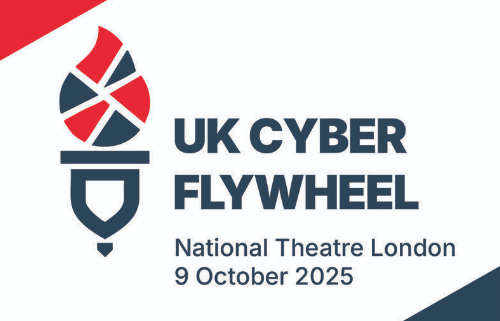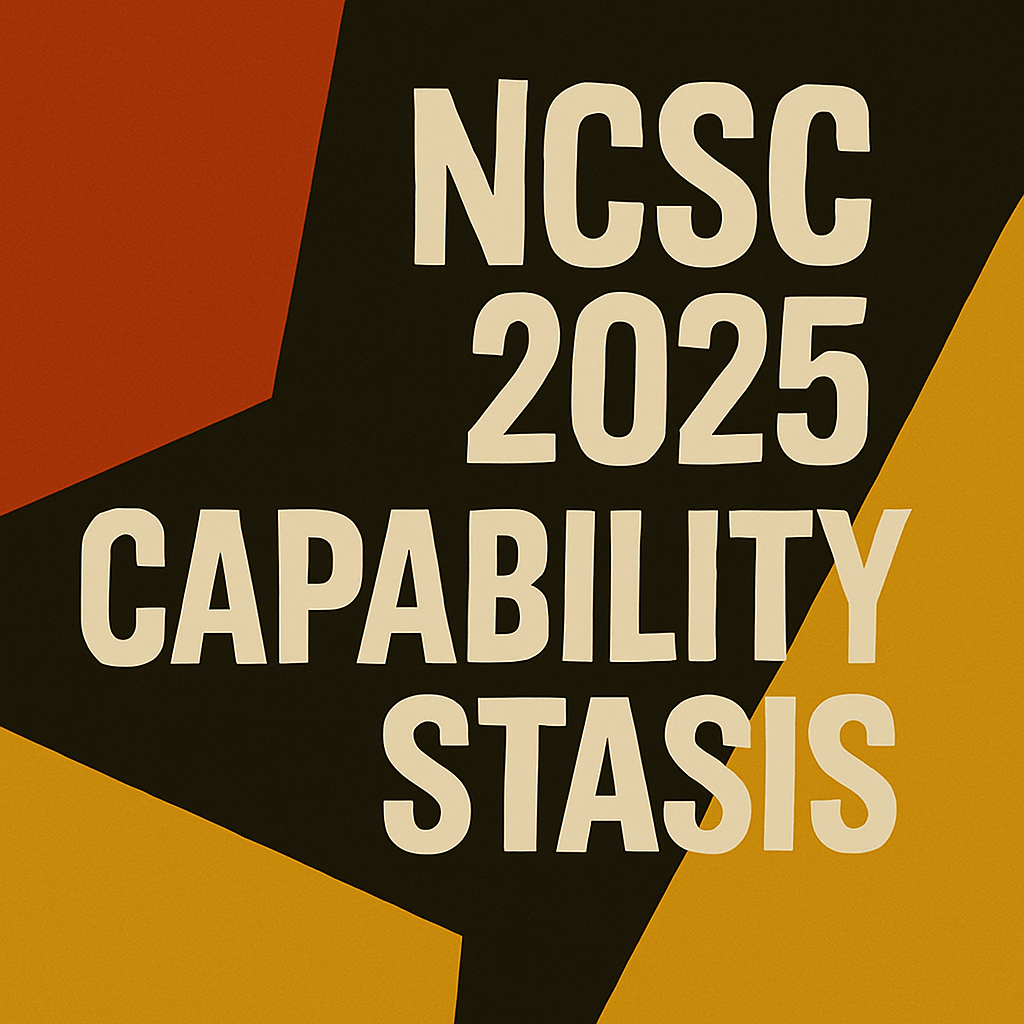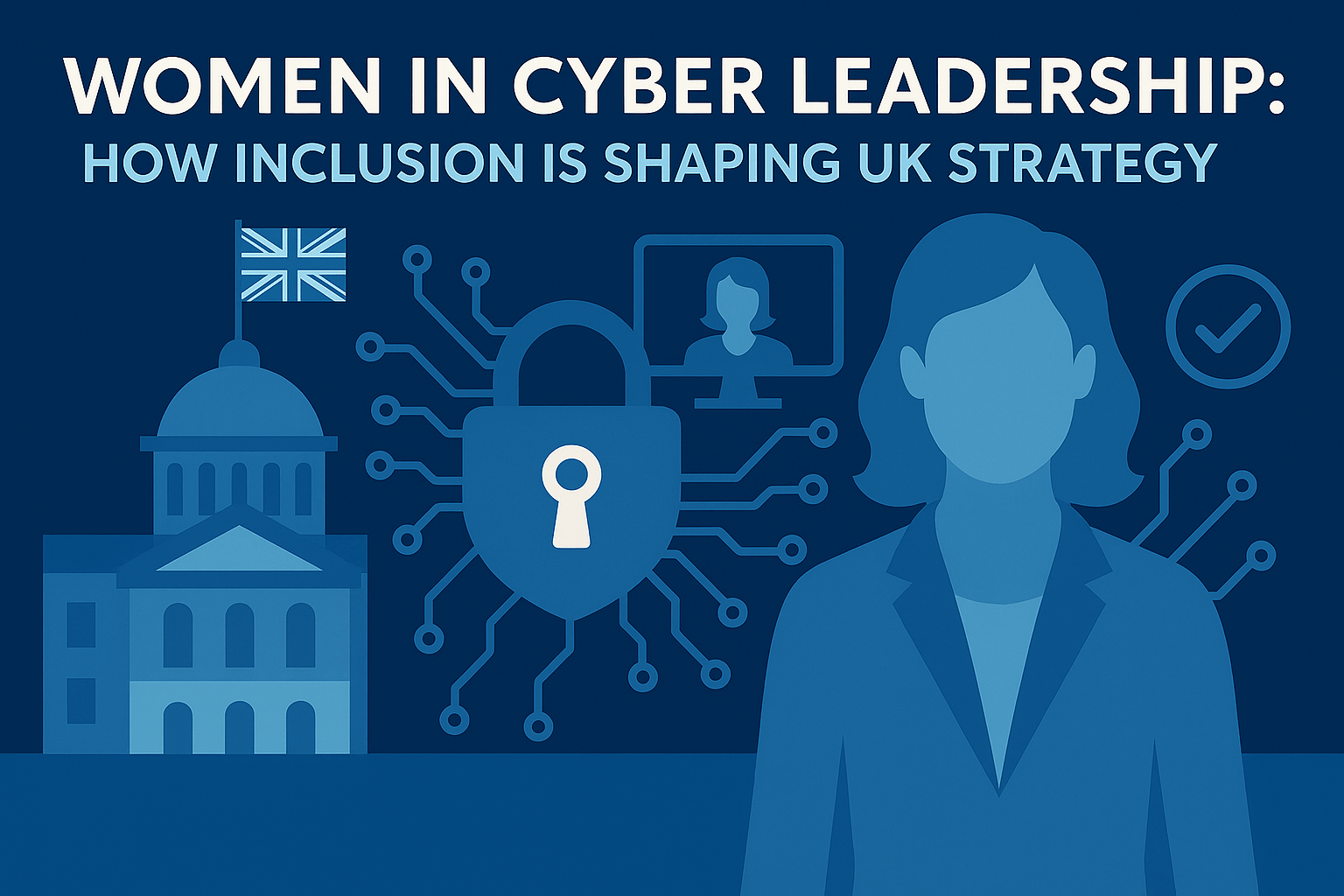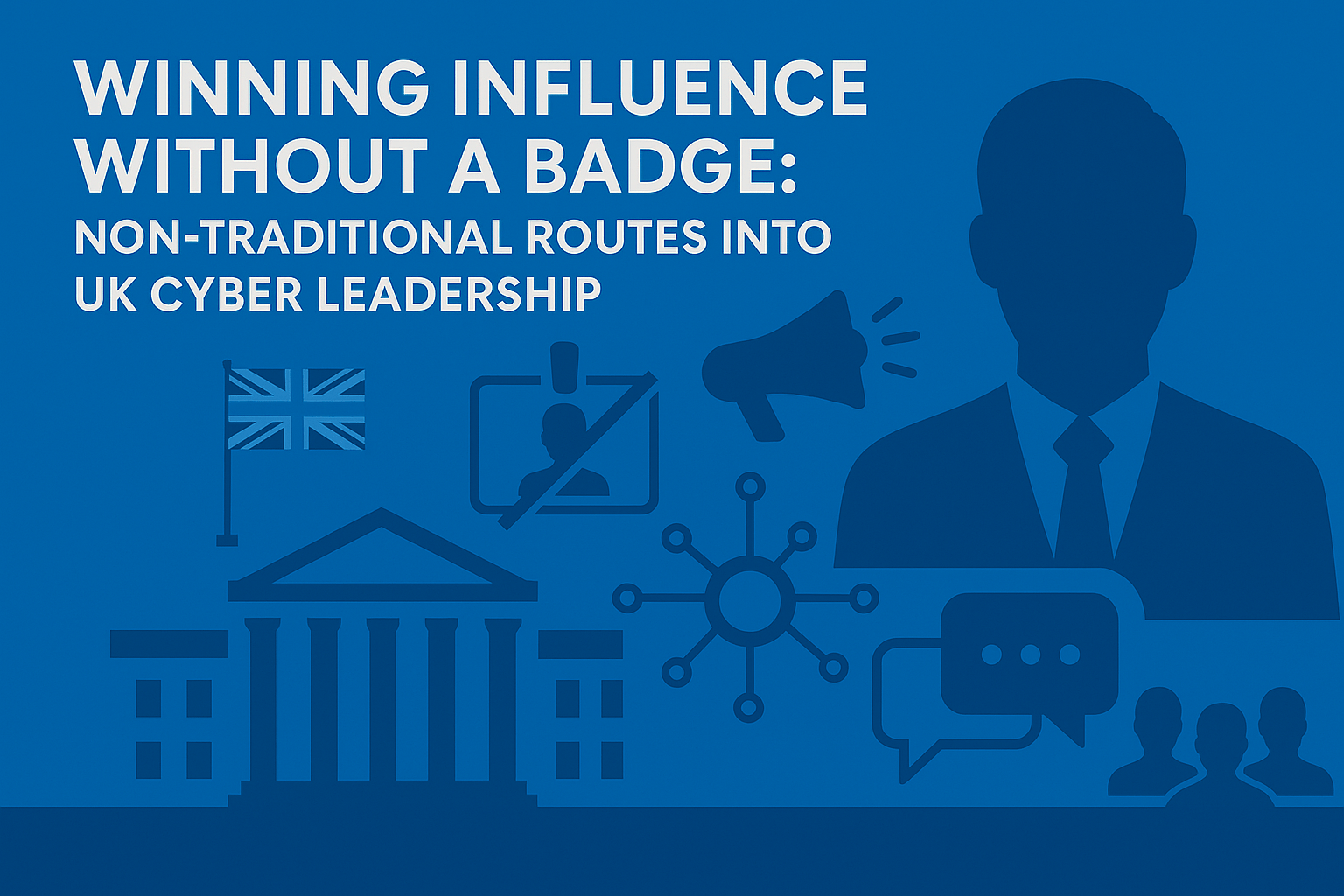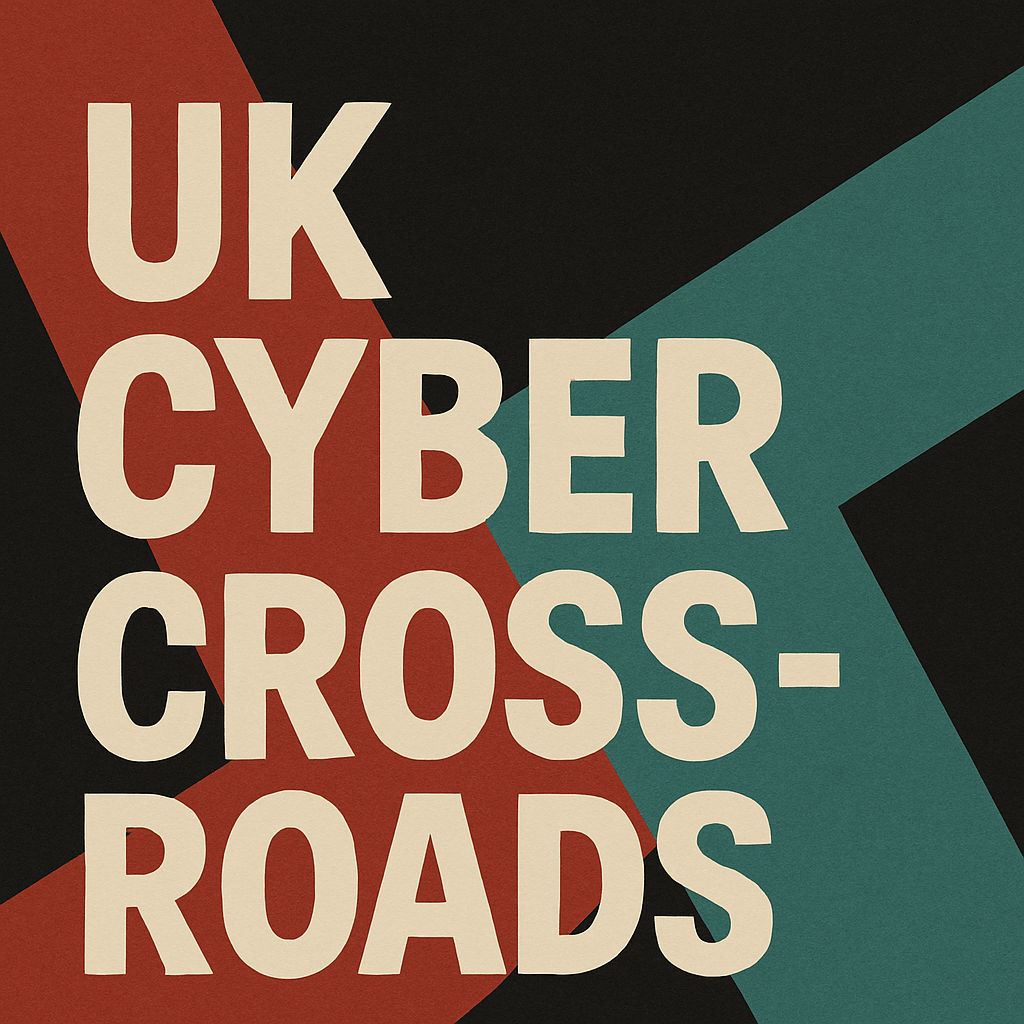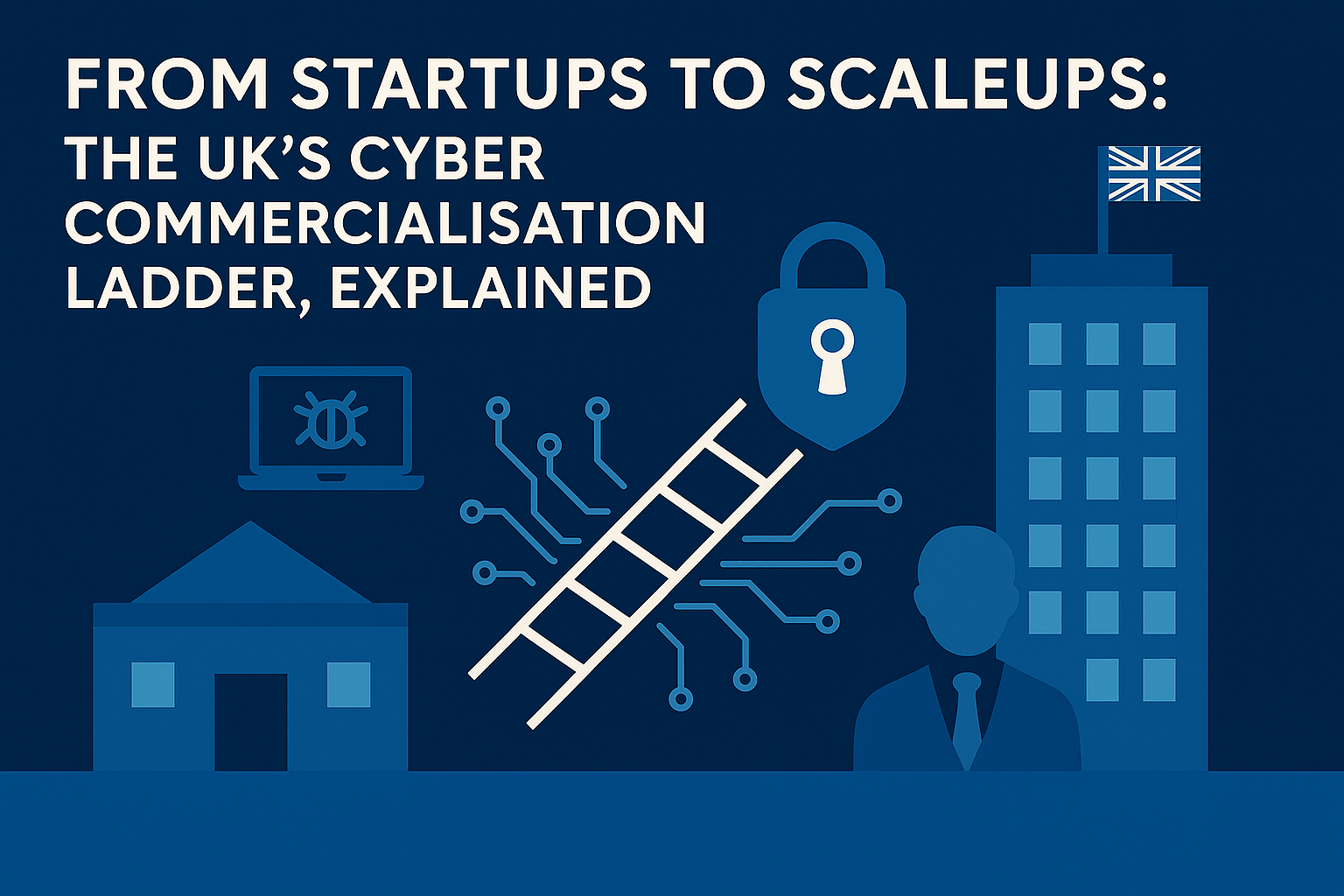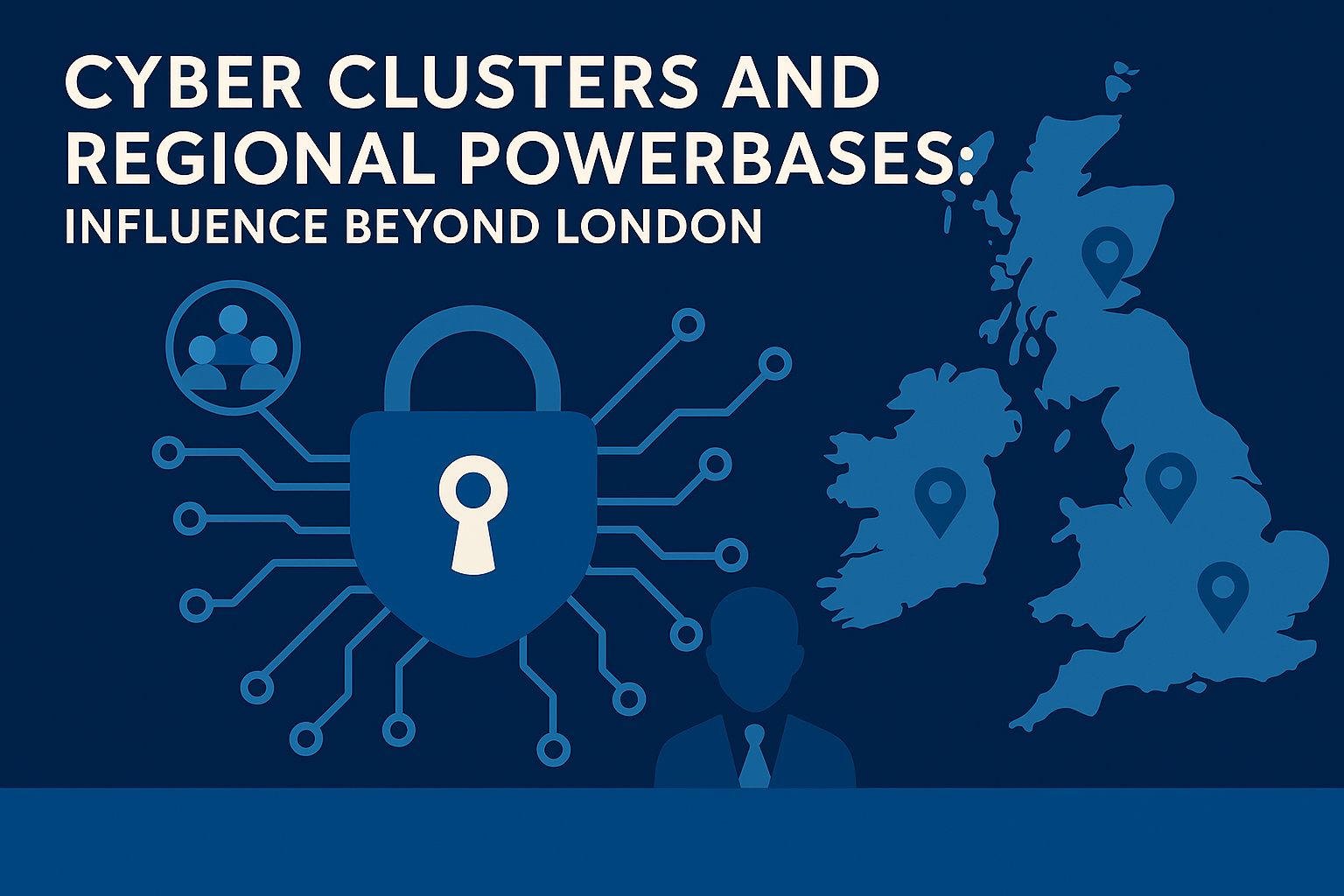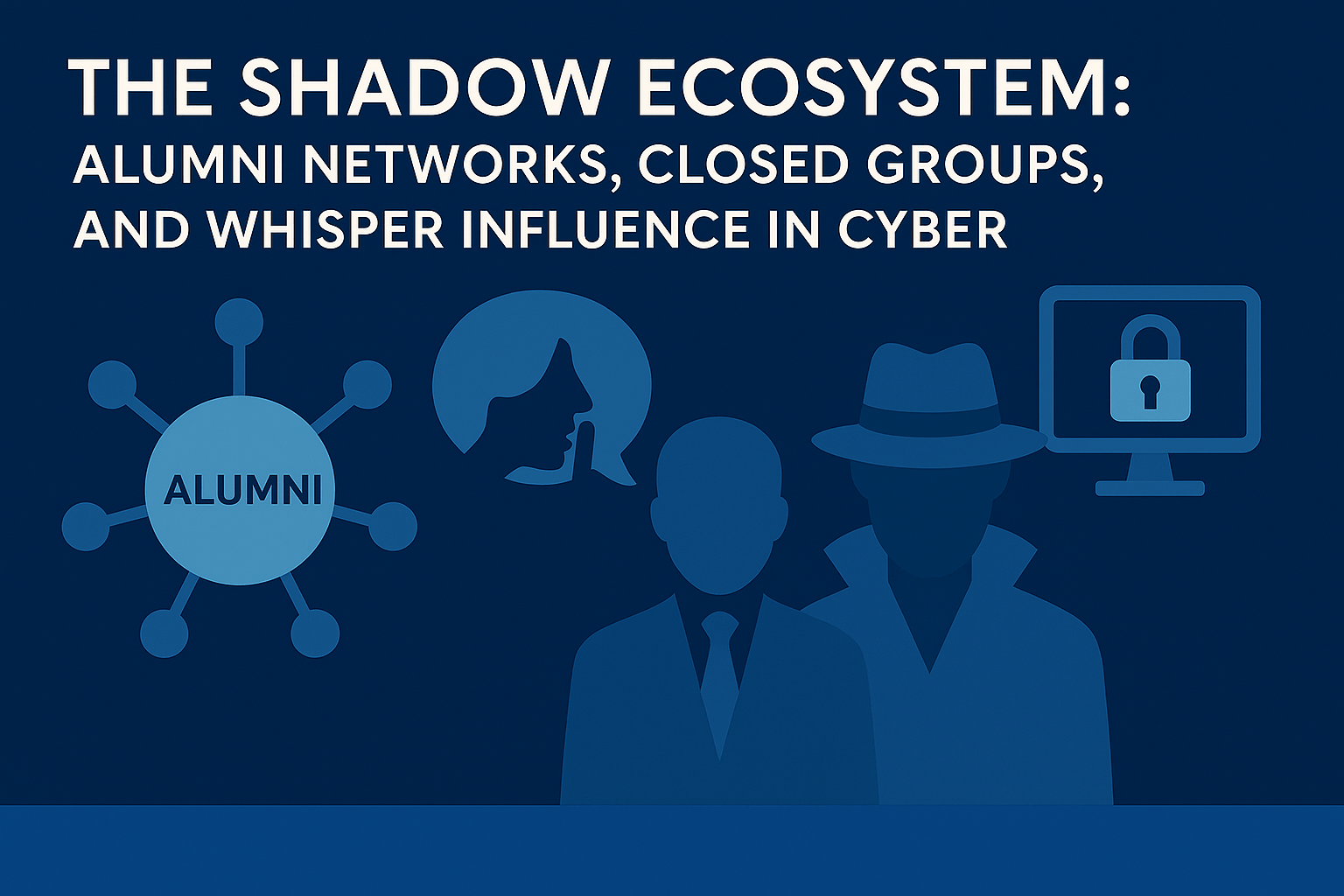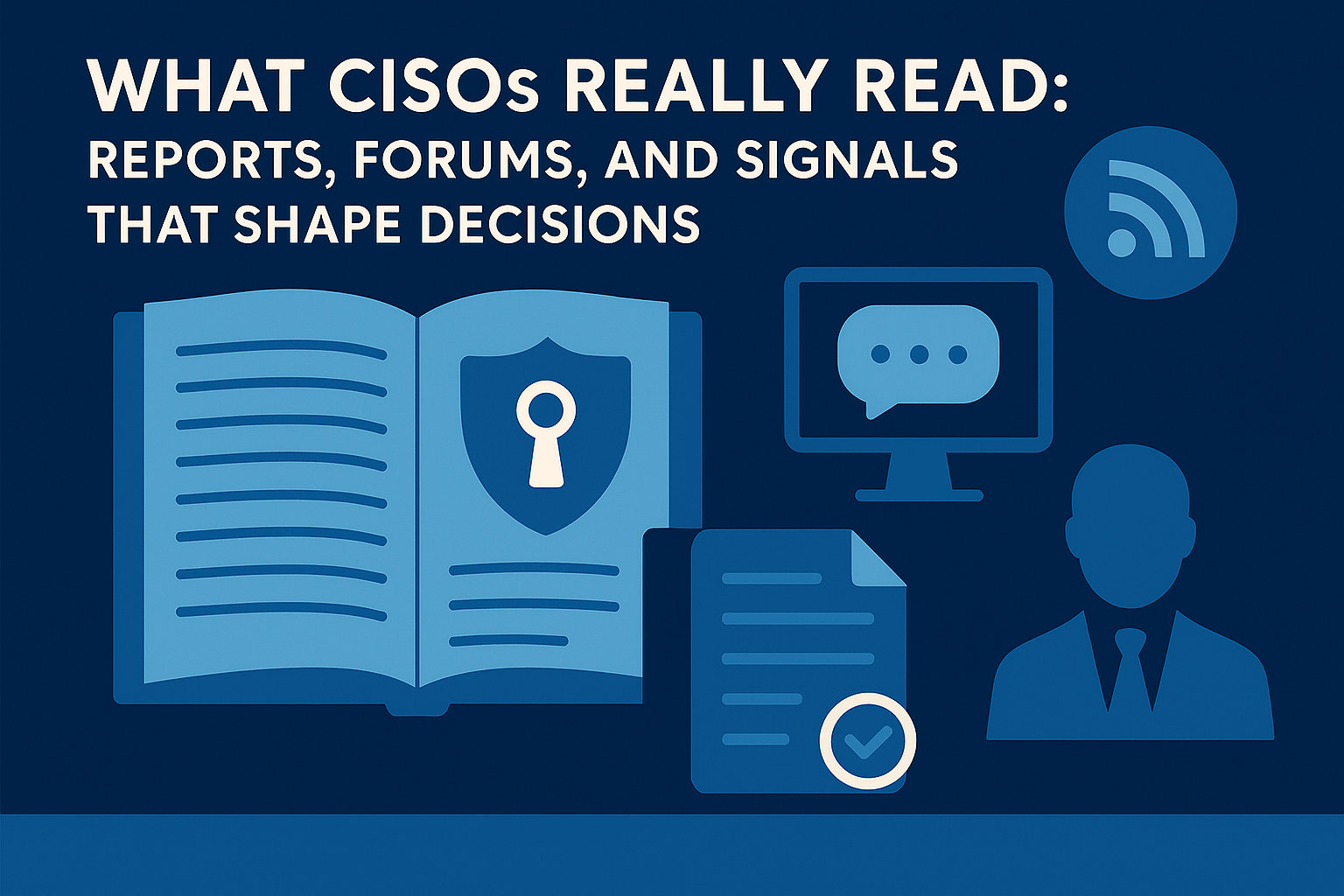Beyond public policy and LinkedIn posts lies a quiet web of influence, trusted groups, off-book referrals, and unseen signals that shape who gets funded, hired, or heard in UK cybersecurity. Cybersecurity in the UK has a formal face: policy frameworks, standards bodies, public panels, and professional networks. But beneath that, there exists a shadow ecosystem, informal, invitation-only, and often more influential than any official organisation. This is where reputations are made (or unmade), where partnerships are brokered before anyone sees a press release, and where quiet nods matter more than job titles. This article explores the informal infrastructure of UK cyber influence, the alumni groups, private chat channels, Slack collectives, and backchannel referrals that quietly shape decisions in hiring, procurement, investment, and policy.
Continue reading →
